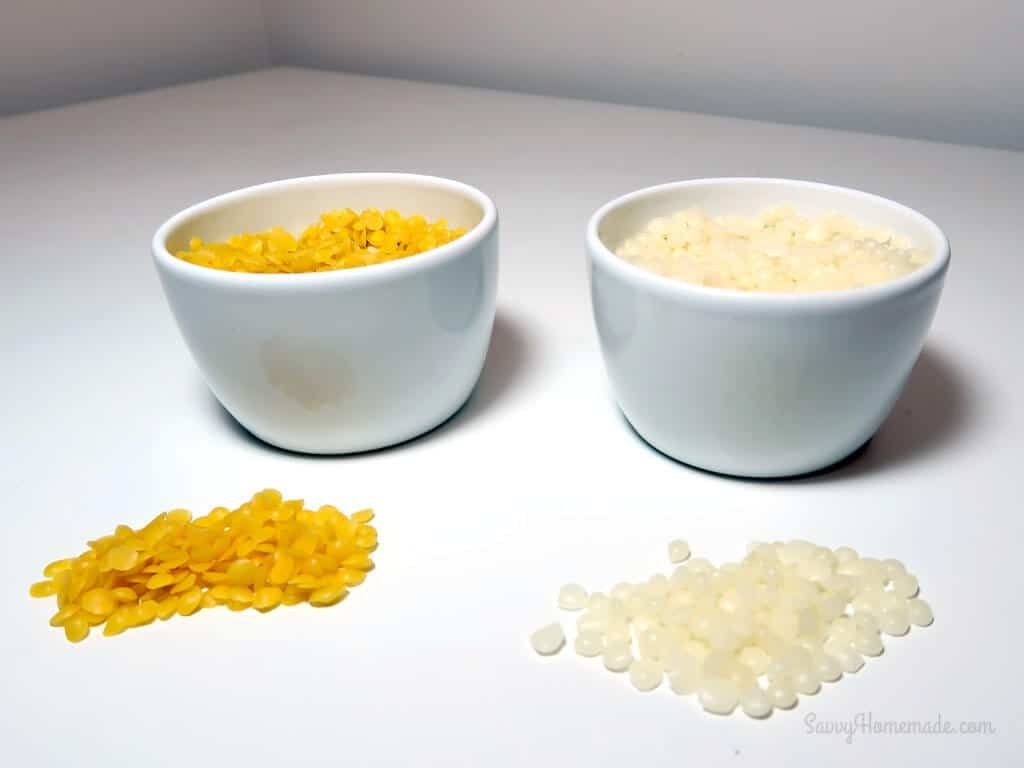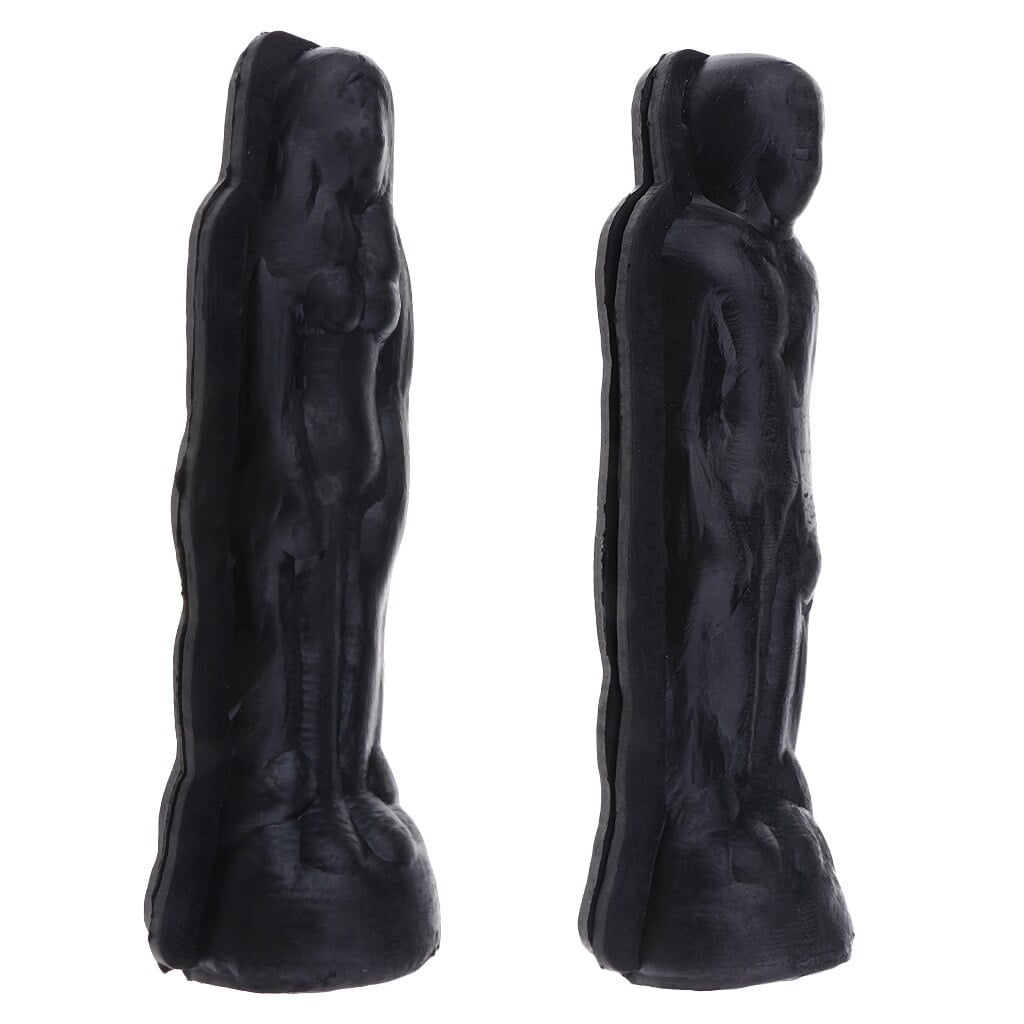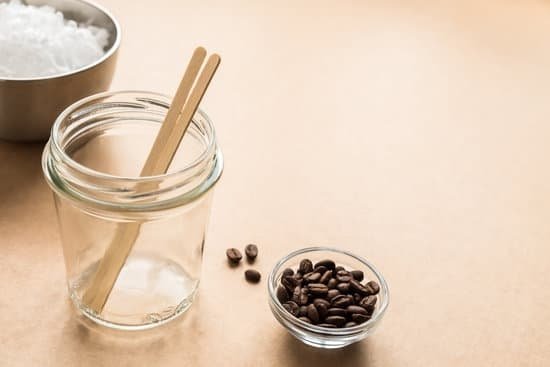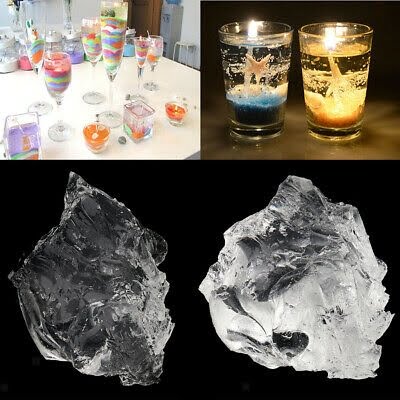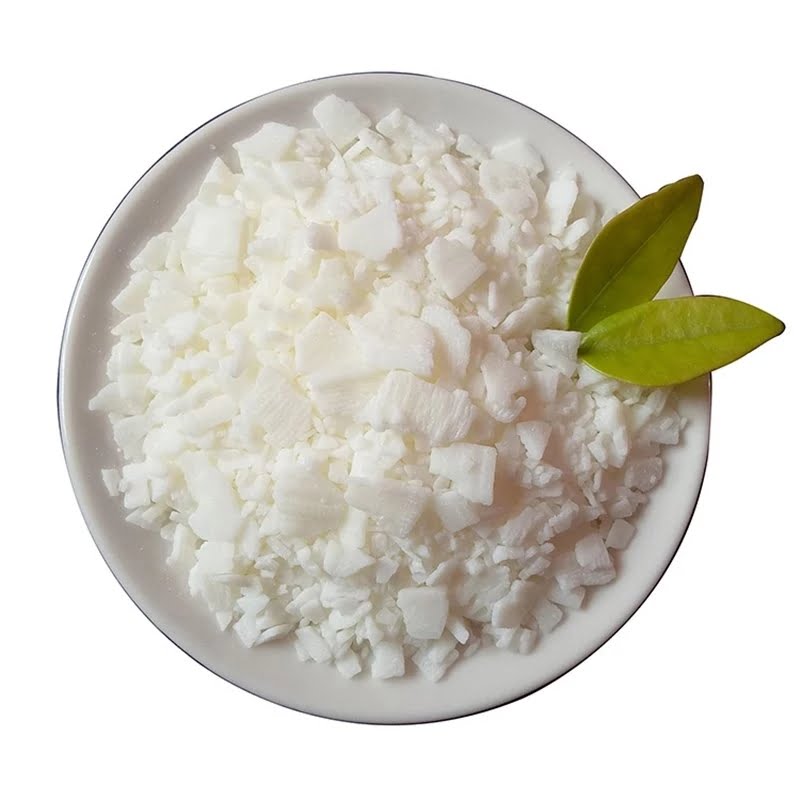101
Candles have been around for centuries, and for good reason – they make everything look and smell nicer. But there’s more to candles than just their aesthetic appeal. Candles also have a long history of use in rituals and ceremonies.
Today, candles are used for all sorts of purposes, from adding ambiance to a room to providing light. They can also be used to scent a room or to create a relaxing atmosphere.
If you’re interested in learning more about candles, or in starting your own candle workshop, keep reading. This guide will teach you everything you need to know about candles, from the different types to how to make your own.
Types of Candles
There are a variety of different types of candles, each with their own unique properties. The most common types of candles are listed below.
-Paraffin candles: Paraffin candles are made from a blend of waxes, including paraffin wax. They are the most common type of candle, and are available in a variety of different sizes and colors. Paraffin candles are also the most affordable type of candle.
-Soy candles: Soy candles are made from soy wax, which is a renewable resource. Soy candles are environmentally friendly and non-toxic. They also burn cleanly and evenly, and are available in a variety of scents.
– Beeswax candles: Beeswax candles are made from beeswax, a natural substance that is produced by honey bees. Beeswax candles are non-toxic and burn cleanly. They also have a natural honey scent.
– Gel candles: Gel candles are made from a blend of waxes and oils. They are available in a variety of colors and scents, and they burn evenly and cleanly.
– Floating candles: Floating candles are made from wax that is designed to float. They are available in a variety of colors and shapes, and they are often used to create a relaxing or romantic atmosphere.
– Votive candles: Votive candles are small, cylindrical candles that are designed to be used in a votive holder. They are available in a variety of colors and scents, and they burn for about 15 hours.
– Pillar candles: Pillar candles are large, cylindrical candles that are designed to be used in a candle holder. They are available in a variety of colors and sizes, and they burn for about 100 hours.
– Taper candles: Taper candles are small, tapered candles that are designed to be used in a candle holder. They are available in a variety of colors and sizes, and they burn for about 10 hours.
How to Make a Candle
If you’re interested in making your own candles, you can follow the steps listed below.
– Start by melting the wax. You can do this by placing the wax in a saucepan and heating it over low heat.
– Once the wax is melted, add the desired scent, if desired.
– Next, pour the wax into a mold. You can use a variety of different molds, such as a muffin tin, a candy mold, or a ice cube tray.
– Allow the wax to cool and harden. This will take about 30 minutes.
– Once the wax has hardened, remove it from the mold and trim the wick to about 1/4 inch in length.
– Finally, light the candle and enjoy!
What Is Candle Wax Made Of
?
Most candle wax is made of paraffin, a petroleum by-product. The wax is melted and then poured into a mold. After the wax hardens, it is removed from the mold and trimmed.
Candle Making, Pouring Temperatures, Stearic, Vybar
, and More
There are a few things to consider when making candles, such as the type of wax, the pouring temperature, and the use of additives. In this blog post, we will discuss the use of additives, specifically stearic acid and vybar.
Stearic acid is a type of additive that is used to make candles harder and less likely to melt. It is a waxy substance that is derived from animal or vegetable fats. Stearic acid can be added to paraffin wax, soy wax, or beeswax.
Vybar is another type of additive that is used to make candles less likely to melt. It is a synthetic substance that is made from petroleum. Vybar can be added to paraffin wax, soy wax, or beeswax.
When adding stearic acid or vybar to wax, you should use a weight to measure the additive. One teaspoon of stearic acid is equivalent to 3.5 grams, and one teaspoon of vybar is equivalent to 2 grams.
The pouring temperature for candles depends on the type of wax that is being used. For paraffin wax, the ideal pouring temperature is between 125 and 145 degrees Fahrenheit. For soy wax, the ideal pouring temperature is between 120 and 140 degrees Fahrenheit. For beeswax, the ideal pouring temperature is between 145 and 155 degrees Fahrenheit.
If you are using stearic acid or vybar as an additive, the pouring temperature should be increased by 5 degrees Fahrenheit. So, if you are using soy wax and stearic acid, the ideal pouring temperature would be between 125 and 145 degrees Fahrenheit.
It is important to note that adding stearic acid or vybar to wax will make the candle less likely to melt, but it will not make the candle flame-resistant. For a candle to be flame-resistant, it must be made with a flame-resistant wax, such as soy wax.
Science Candle
Making
Science candle making is a fun way to learn about chemistry. You can make different types of candles by altering the ingredients in the wax. For example, you can make a candle that is hard and brittle by adding more beeswax, or you can make a candle that is soft and melts quickly by adding more oil.
The most important ingredient in a candle is the wax. The type of wax you use will determine the type of candle you make. There are many different types of waxes available, but the most common types are beeswax, soy wax, and paraffin wax.
Beeswax is a natural wax that is made by honey bees. It is a hard wax that has a high melting point. This makes it a good choice for candles that need to stay lit in cold weather. Beeswax candles also have a honey aroma that is appealing to many people.
Soy wax is a plant-based wax that is made from soybeans. It is a soft wax that has a low melting point. This makes it a good choice for candles that need to be melted quickly. Soy wax also has a mild aroma that many people find pleasant.
Paraffin wax is a petroleum-based wax that is made from crude oil. It is a hard wax that has a high melting point. Paraffin wax is the most common type of wax used in candles. It is available in a variety of colors, and it has a strong aroma that some people find unpleasant.
Candle Making Classes In Maine
Candle making is a great hobby, and it can also be a profitable one. If you are in the Maine area and are interested in learning how to make candles, then you should consider attending a candle making class.
There are a number of different places in Maine that offer candle making classes. One of the best places to take a class is at the Candlemaking Company in Portland. They offer a variety of classes, from beginner to advanced. They also offer classes on specific types of candles, such as soy candles and beeswax candles.
Another great place to take a candle making class is at the Maine Crafts Guild in Bath. They offer a variety of classes as well, from beginner to advanced. They also have a wide range of classes on different types of candles, such as soy candles, beeswax candles, and pillar candles.
If you are looking for a more hands-on experience, then you may want to consider taking a class at one of the local candle making shops. These shops often offer classes on how to make specific types of candles, such as soy candles or beeswax candles.
No matter what your level of experience is, there is a candle making class in Maine that is perfect for you. So if you are interested in learning how to make candles, then be sure to check out the classes offered in your area.

Welcome to my candle making blog! In this blog, I will be sharing my tips and tricks for making candles. I will also be sharing some of my favorite recipes.

